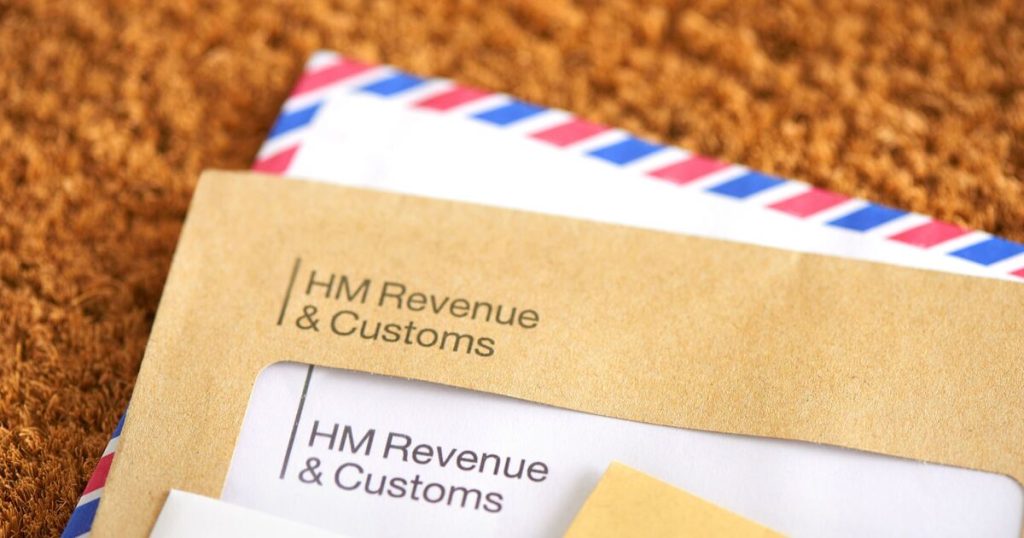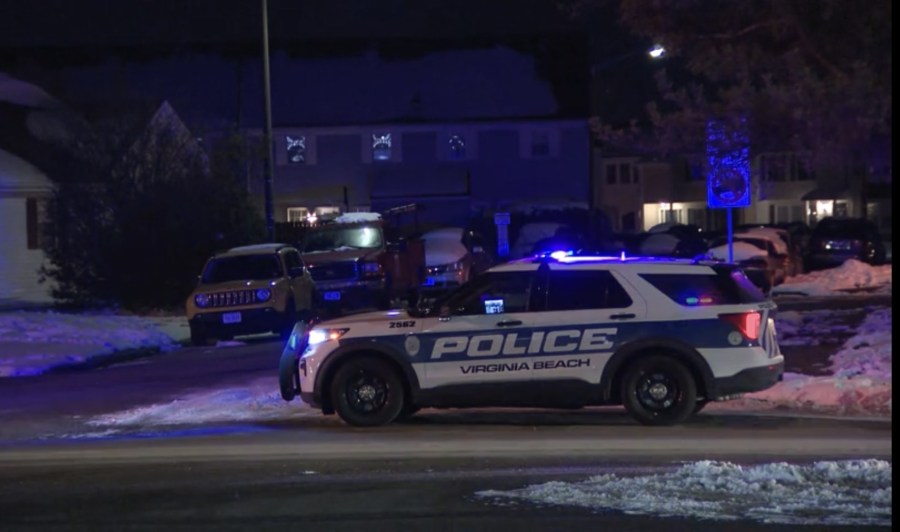
An average single homeowner with moderate pension savings could see their inheritance tax bill rise by hundreds of thousands of pounds under Rachel Reeves’s new rules, wealth experts warn.
Roddy Munro, a tax and pensions specialist at Quilter, explained: “The double whammy of a frozen nil-rate band and the inclusion of pensions in your estate means many more people with average-priced properties and modest pension wealth will become liable for a tax originally intended for the very wealthy.
“These inflated estates, along with the variance in house prices across the UK, mean IHT becomes even more of a postcode lottery.”
New calculations by Quilter found a single homeowner in England with an average-priced home (£308,782) and pension savings of £459,000 – enough to fund a “moderate” retirement – will face a £107,000 inheritance tax bill by 2027, following changes announced in the Chancellor’s Autumn Budget.
At the Budget, Ms Reeves announced the freezing of the nil-rate band (NRB) at £325,000 and the residence nil-rate band (RNRB) at £175,000 until the end of the 2029-2030 tax year. This freeze has already been in place since 2009 despite soaring house prices and inflation.
With property values rising higher and pensions soon to potentially be included in IHT calculations from 2027, even more estates are expected to fall within the tax net in the years to come.
Mr Munro said: “Pensions are primarily a retirement vehicle, meant to be depleted over time. Ideally, you would pass away just as your pension pot empties, but this is rarely the case.
“The new regime means those who saved significant sums into their pensions, assuming they would be free of inheritance tax, now face new challenges. Similarly, those who sadly pass away early on in their retirement will have less to pass on to their beneficiaries.”
For those in London, the situation is even starker. A single person with an average-priced home of £525,586 and moderate pension savings will face an IHT liability of £194,000 in 2027 – up from just £10,000 today.
In regions such as Northern Ireland, Scotland, and Wales, where average house prices are lower, previously exempt estates will now face bills of £59,821, £62,818, and £70,300 respectively.
Even within England, only the North East will see single homeowners with average-priced properties and pensions escape with a bill of £52,000 or less.
However, with property website Rightmove forecasting a 4% rise in house prices across the UK in 2025 alone, these bills are set to grow further.
The “moderate” retirement lifestyle referenced in these calculations is defined by the Pensions and Lifetime Savings Association (PLSA). It includes £74 per week for food, two weeks in Europe annually, and a long weekend away in the UK. To achieve this, a single person needs a pension pot of around £459,000, according to earlier Quilter estimates.
Single and childless homeowners can only shield £325,000 from IHT because the £175,000 residence nil-rate band is only available to those leaving their main property to their direct descendants.
Couples with children can combine their allowances, allowing a widow or widower to pass on up to £1million tax-free.
However, Mr Munro noted there are steps people can take to mitigate their IHT bills. He explained: “Simple actions like early gifting can reduce your taxable estate if you live seven years beyond the gift date.
“More flexible options, such as onshore bonds wrapped in trust, also play a crucial role. These bonds benefit from favourable tax treatment.”
He explained: “By placing the bond in a trust, you can remove its value from your estate, potentially lowering your inheritance tax bill if you survive seven years after the transfer.
“Additionally, trusts offer control and flexibility over how and when assets are distributed to beneficiaries, ensuring that your family is supported according to your wishes.
“However, its crucial to seek advice to seek out the best possible option for your specific financial position.”







